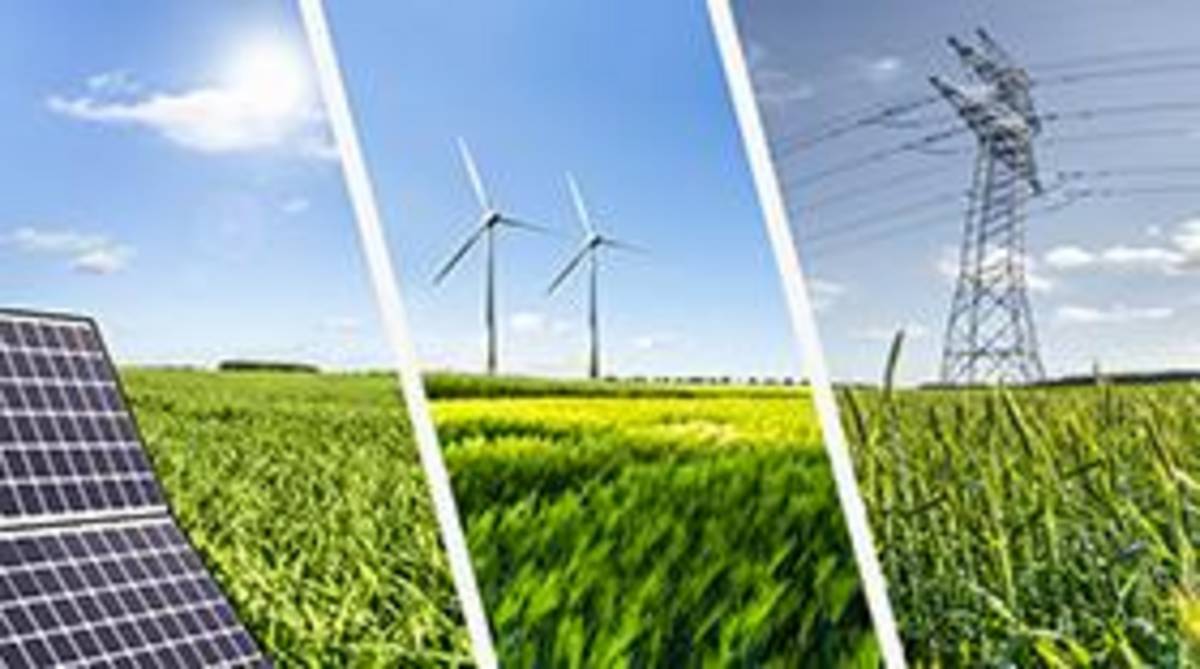Storing renewable energy to improve consumption

In Europe, and particularly in Scandinavian countries, an increasing number of industrial sites are looking to achieve energy autonomy by combining various sources of renewable energy, such as photovoltaic panels, wind turbines or anaerobic digestion units for organic waste. This trend has been encouraged by the European Union, which hopes to achieve a 27% share of its energy mix from renewable sources within 10 years.1 However, it remains difficult for manufacturers involved in the process to achieve full autonomy due to the intermittency inherent in this type of energy production (for example, solar energy is characterized by high production at midday and very low at other times). This variability is one of the main obstacles in developing these energy sources.
Producing electricity and refrigeration simultaneously
Storing energy during production peaks is an obvious solution to managing the intermittent nature of renewable sources, making it possible to use the electricity after it has been produced. How can it be stored and redistributed? Irstea cold specialists are currently participating in the Horizon 2020 CryoHub project, which is looking at the novel process of cryogenic energy storage.2 This involves liquefying air (taken from outside and acting as a cryogenic agent) at very low temperatures when electricity is available and then storing the liquid air in tanks before evaporating it to turn electricity generating turbines when needed. “Given the physical processes involved, the procedure is also accompanied by the creation of cold (when the air evaporates). This second effect makes the system particularly interesting and exploitable for industrial sites such as refrigerated warehouses or food processing plants that need to produce significant amounts of cold,” specifies Denis Leducq, Irstea research engineer in charge of monitoring the project for Irstea.
A technique now being incorporated at industrial sites
Launched in 2017, the CryoHub project aims to evaluate the feasibility of this renewable energy storage system in industrial refrigerated warehouses. The first two years of the project were spent defining and evaluating the system’s operation and performance using digital simulations as well as modeling its integration into the refrigeration systems of these warehouses. This latter task, essential to the success of this technology, was performed by Irstea researchers, who were responsible for ensuring the process could be adequately incorporated into the operation of these warehouses and meet their expectations. They therefore used a simulation to check that stored food products would be kept at the required temperature and to evaluate cold produced via this process, which should eventually provide up to 30% of requirements for the FRIGOLOGIX warehouse in Belgium, the site about to test the process.3
Now that this phase is complete, it is time for a full-scale design. “With the help of FRIGOLOGIX and our other partners, we are currently starting to build a demonstrator that will validate the performance of this new technology under actual operating conditions. It must be built by the time the project ends in 2020,” notes Leducq. If the technology meets expectations, it should make it possible to boost the use of renewable energy while simultaneously promoting environmentally friendly cold production.
| Project profile
|
- Consult the CryoHub website
Find out more
- Consult the web page of the Refrigeration Process Engineering for Food Security and the Environment (FRISE) research unit at the Irstea Antony Center
- 2030 Climate and Energy Framework
- Cryogenics is the study of phenomena at very low temperatures (below -150°C).
- The plant currently produces 70% of the energy it consumes, using a combination of solar, wind and biogas energy.
Event Information
Date: 30.10.2019 - 03:28 PM
Contact
- Louise Vaast
- Email: louise.vaast@irstea.fr